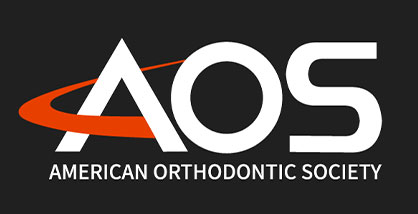According to the American Dental Association, approximately 20 million children in the United States participate in organized sports programs. And, more than 5 million teeth are “knocked out” each year; many during these organized sports activities.
So, what should you do if your child injures or knocks out his or her tooth during sports?
First and foremost, a properly fitted mouth guard should be standard equipment for any sport or physical activity. A mouth guard is the best line of defense against a dental-related injury.
While there are many types of dental injures, there are three common sports-related injuries:
- The entire tooth is knocked out
- The tooth is still in the socket but is twisted or pushed in the wrong direction
- The tooth is cracked or broken
If the entire tooth is knocked out,
- Do not handle tooth by the root, brush it or try to “sterilize” it.
- If possible, put the tooth back in the socket and stabilize it by biting down gently on a towel or handkerchief. Do this only if your athlete is alert and conscious.
- If you are unable to return the tooth to the socket, place the tooth in milk or wrap it in saline-soaked gauze.
- Contact your dentist immediately.
If the tooth is still in the socket but is twisted or pushed in the wrong direction,
- If the upper tooth hangs downs, the lower tooth is raised up, or a tooth is pushed backwards or forward, try to reposition the tooth using finger pressure. Then, contact your dentist immediately.
- If the tooth pushed into the gum (up or down), don’t do anything. Contact your dentist immediately.
If the tooth is cracked or broken,
- If the tooth is totally broken in half, save the broken portion and bring it with you to the dental office.
- Stabilize the portion of tooth that is left in the mouth by gently biting on a towel or handkerchief to control bleeding.
- And, contact your dentist immediately.
Whenever you have a dental-related sports injury, feel free to contact us . . . immediately. After all, that is what we are here for!










